NIO is facing the most dangerous moment since its establishment.
On September 24th at 4:00 pm, NIO released its Q2 2019 financial report. The report showed that NIO delivered a total of 3553 vehicles in Q2 with automotive revenues of USD 206.1 million, vehicle gross margin of -24.1%, total revenues of USD 219.7 million, and comprehensive gross margin of -33.4%, resulting in an operating loss of USD 478.6 million.
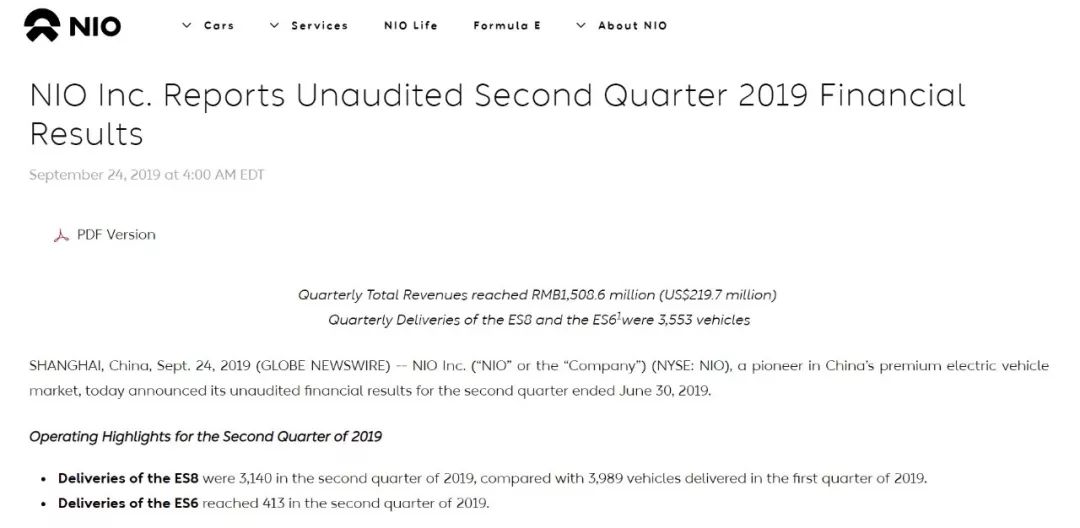
Without mentioning year-on-year or quarter-on-quarter comparison, the figures all decreased, including sales volume, revenue, and gross margin, while operating loss and net loss increased. To sum up, the Q2 financial report of NIO can be described in four words: overall deterioration.
This kind of deterioration can also be seen from the CEO’s comments in the financial report. Li Bin stated that, “In response to the overall sluggishness of the macro economy and the automotive market, NIO is making every effort to utilize resources and implement comprehensive efficiency optimization and cost control measures based on the entire organizational structure, including strategic restructuring of the team size from 9900 people in January 2019 to 7800 by the end of Q3, as well as divesting of non-core businesses by the end of the year.”
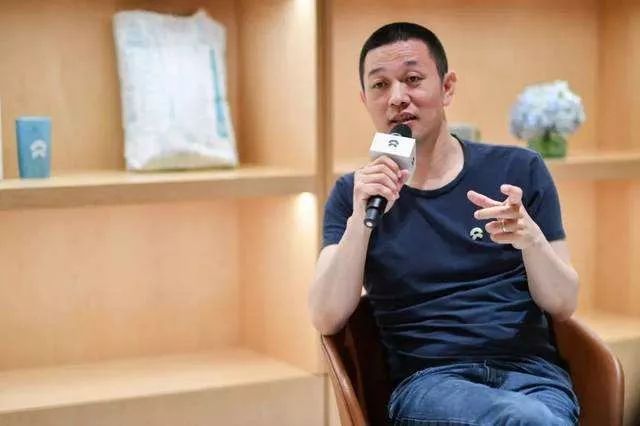
However, the absurdity is that NIO announced in the financial report that the management team will not hold a Q2 2019 earnings conference call. A NIO spokesperson responded, “Earnings conference calls are generally a supplement to financial reports. We believe that the financial report has fully covered the information that needs to be disclosed at present. If the company has other significant events, it will announce them again.”
Before NIO, there were only a few cases of listed companies canceling earnings conference calls, such as BlackBerry, Red, Yellow, Blue, and Sprint, which were all facing major operational or public relations crises and major issues such as mergers and reorganizations. As for the automotive industry, Tesla CEO Elon Musk interrupted an analyst during the Q1 2018 earnings conference call and caused Tesla’s stock price to plummet by 4.5% overnight, losing USD 2.8 billion.
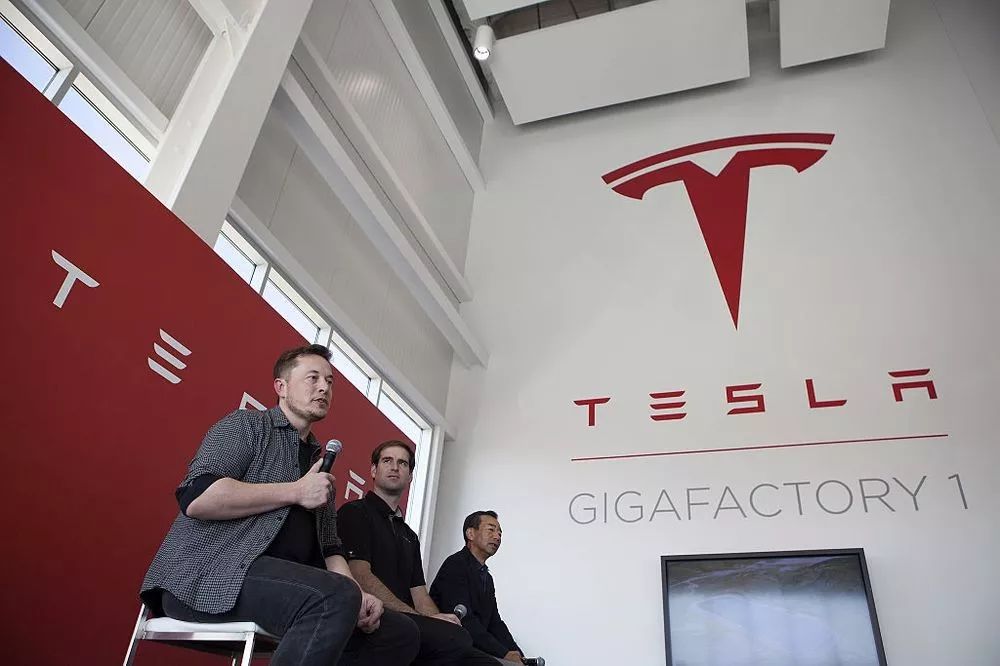
NIO’s move is equivalent to announcing the severe situation of the company’s business.What is an earnings conference call? When financial data does not meet analysts’ expectations (whether lower or higher than expected), company management (usually including the CEO and CFO) will hold a conference call with investors and analysts to discuss business performance, financial data, and future prospects (quoted from Wikipedia).
In other words, financial reports themselves are generally unable to fully reflect the company’s operating situation. Refusing to hold an earnings call represents a hard-line attitude of refusing to communicate with Wall Street. In this regard, Li Bin was more extreme than Elon Musk, and Wall Street quickly responded: as of the publication of the article, NIO’s stock price had fallen by 19.49%.
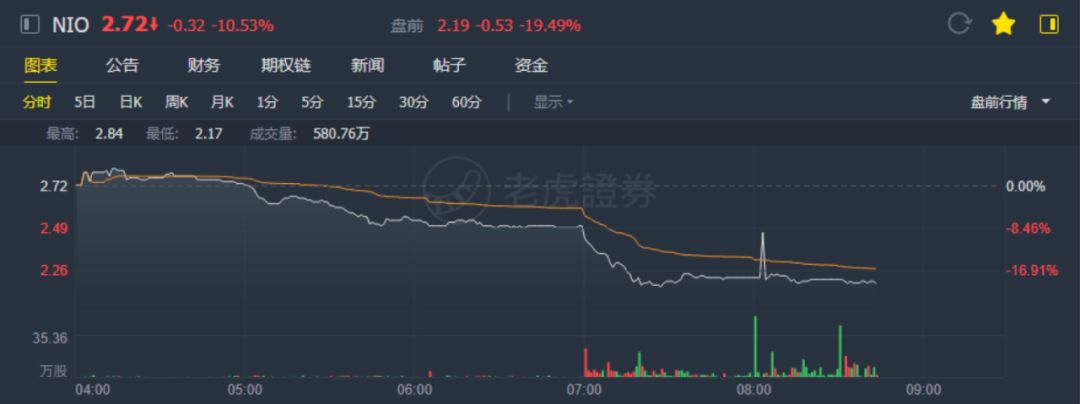
What happened to NIO?
Details Behind Financial Data
We cannot understand the decision of the NIO management to refuse to hold an earnings conference call, so let’s talk about the financial report itself.
At the beginning of this article, we used the phrase “comprehensively worsened” to describe NIO’s Q2 financial report, but the details behind the data are difficult to dig out. What is the current operating status of NIO? This is what we care about.
First is the overall decline in sales, revenue, and gross profit margin. NIO stated in the financial report that the vehicle gross profit margin was -24.1%, and if the recall costs were not included, the Q2 gross profit margin would be -4.0%.
Whether it is -24.1% or -4.0%, this issue is critical. In Q1 2018, NIO’s vehicle gross profit margin was -7.2%, so this indicator directly determines whether NIO’s operating quality is heading towards deterioration or some limited improvement.
According to NIO’s statement, NIO completed the recall of 4,803 ES8s between June 27 and July 20, but all recall costs were recorded in the Q2 financial report. NIO’s explanation is “in line with accounting standards, therefore no special explanation is made.”
According to our estimation, the recall cost of 4,803 ES8s is at least RMB 330 million, which directly caused NIO’s vehicle gross profit margin to drop from “limited improvement” of -4.0% to “comprehensive worsening” of -24.1%.
However, the impact of the recall on the Q2 financial report is limited to the gross profit margin and losses. Considering that the recall announcement was only made public on June 27th, the impact of the recall on the market and battery capacity is quite limited. In other words, even without the negative impact of the recall, NIO’s growth in new orders is not optimistic.As mentioned by Li Bin in the financial report, the weakness of the macroeconomy and the automobile market, as well as the impact of the new subsidy policy that took effect on June 25th and the recall event after June 27th on the electric vehicle market and the NIO brand are the main influencing factors that led to NIO’s current difficult situation.
Delayed Organizational Optimization
However, apart from the recall event, the economic factors and the subsidy decline were all predictable for NIO’s management. In fact, in 2019, NIO made appropriate optimizations to cope with changes in the external environment.
On March 22nd, Li Bin issued an internal memo, warning the team to “improve operational efficiency, optimize organizational efficiency and enhance the efficiency of budget and investment utilization.” As a result, everyone saw that this optimization had little effect.
This brings us to our second point: NIO’s delayed restructuring.
On August 22nd, Li Bin issued another internal memo, further emphasizing the severity of the internal and external situations, and stating that NIO will reduce 1,200 jobs, with a team size of around 7,500 people expected by the end of September. The key issue is that Q2, which was sandwiched between two different restructuring efforts, did not benefit from the significantly streamlined labor costs and more efficient organizational structure.
According to our understanding, NIO has made a series of adjustments after Li Bin’s internal memo, including the reduction of job positions and labor costs, the establishment of NIO Space (which can be understood as cutting off all other functions except sales functions in NIO House), and adjustments to the NIO Power operating strategy, which means further reducing sales and after-sales costs.
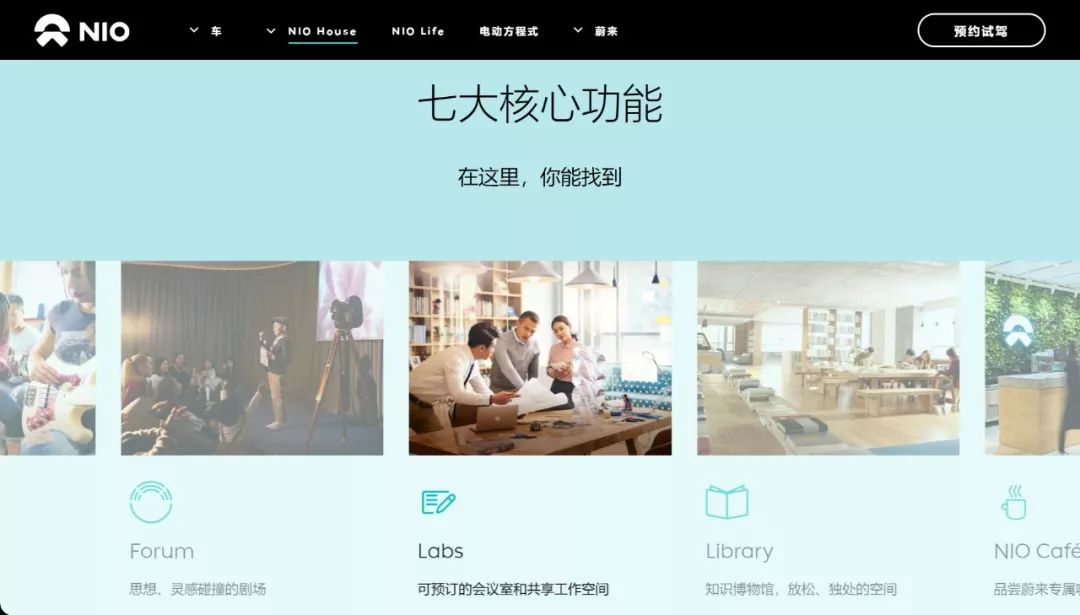
Unfortunately, these delayed optimizations were not reflected in the Q2 financial report. So, what is the effect of these new policies in the Q3 financial quarter?
Although the financial report itself cannot capture any operational details of Q3, due to the heavy impact of the recall event, subsidy decline, and high labor costs, among other negative factors, an improvement in Q3 compared to Q2 can be expected to some extent. In the “business outlook” section of the Q2 financial report, NIO stated that it expects to sell 4,200-4,400 vehicles in Q3, an increase of 18.2%-23.8% over Q2, with total revenue ranging from $232-$242 million, an increase of 5.6%-10.3% over Q2.In the Recent Developments section of the Q1 financial report, NIO devoted a considerable portion to introduce the framework agreement of NP 2.0 R&D, manufacturing and financing with Beijing E-Town Capital, but the progress of this agreement was not further explained in the Q2 financial report.
Beside this, which business sectors the “non-core business divestiture by the year-end” mentioned by Li Bin in the financial report has covered and what is the progress are also unknown to us.
The operating situation of NIO may not be as bad as the “comprehensive deterioration” in Q2 financial report, but both subsidy reduction and cost control are compulsory courses for startups. As Li Bin himself said: All foreseeable difficulties are work tasks.
“To survive, we are willing to do anything.” said Qin Lihong, the CEO of NIO. After four years of establishment, NIO’s real entrepreneurship has just begun.

This article is a translation by ChatGPT of a Chinese report from 42HOW. If you have any questions about it, please email bd@42how.com.
